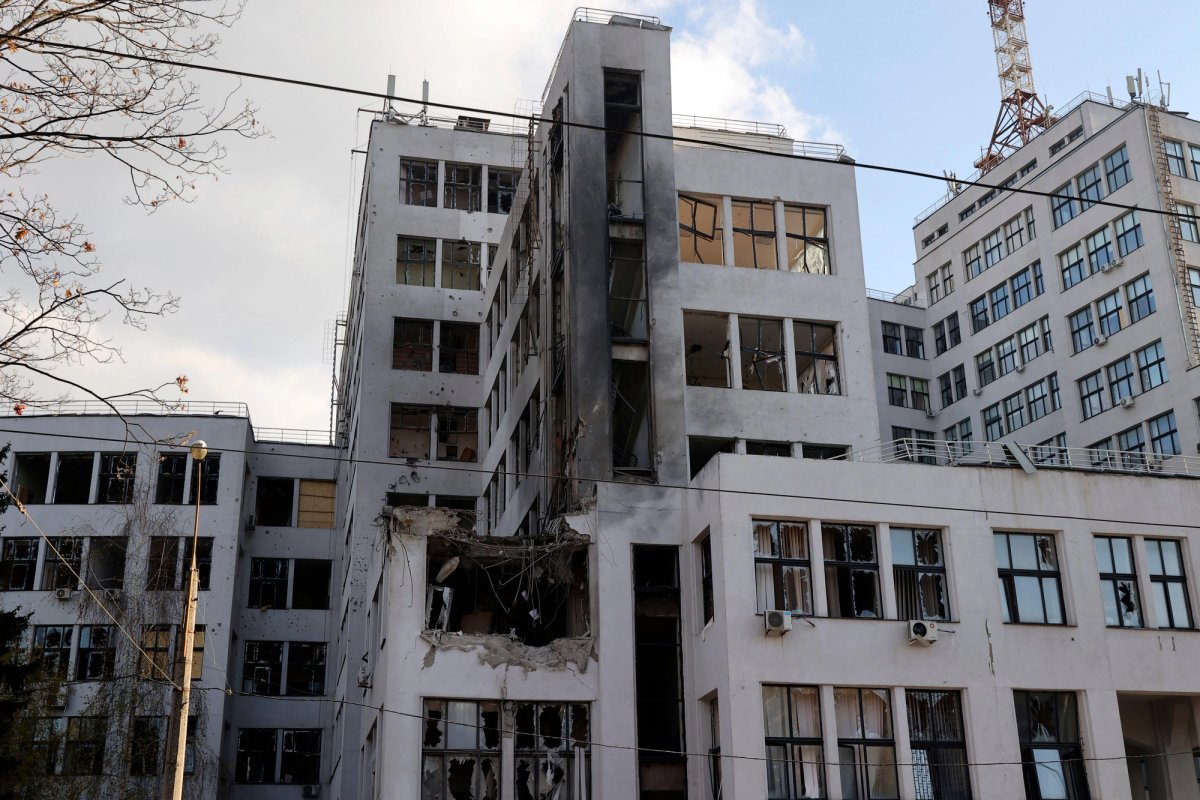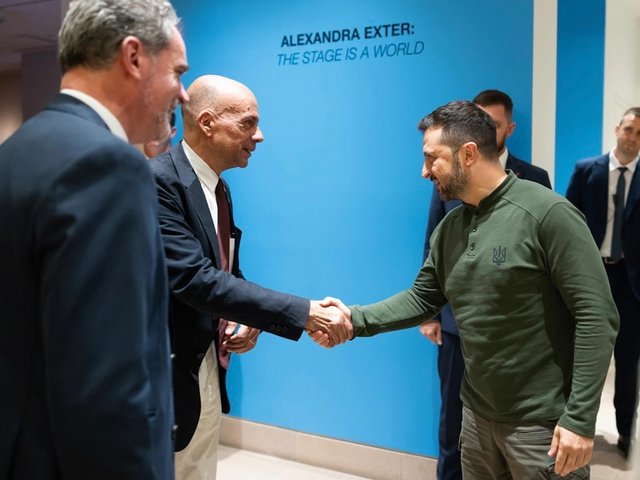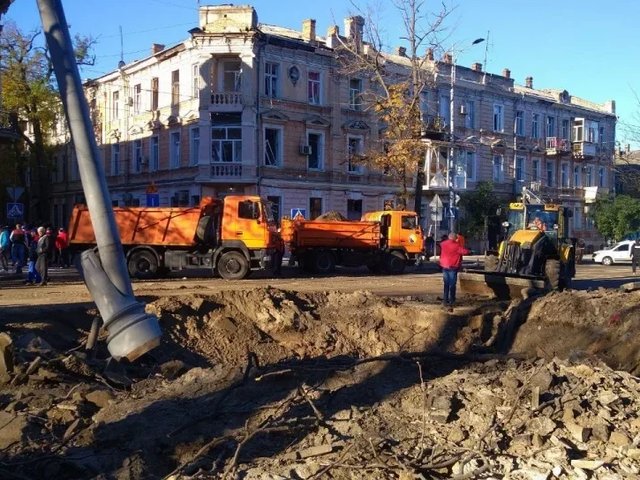A Russian glide bomb hit Derzhprom, a Unesco-listed Constructivist skyscraper in Kharkiv, Ukraine on 28 October.
Ukrainian President Volodymir Zelensky posted imageson X of a destroyed corner of the concrete building and its blown out windows, describing it as “one of the world's most famous Constructivist buildings under provisional enhanced Unesco protection”.
In what may be a reference to UN Secretary-General António Guterres’s meeting with Vladimir Putin last week—at the 16th BRICS Summit in Kazan, Russia—he said that every appeasement of the Russian president “simply feeds the aggressor's appetite”, while “adhering to shared principles saves human lives and cultural heritage”.
Ievgeniia Gubkina, a London-based architectural historian from Kharkiv who left Ukraine after Russia’s full-scale invasion in 2022, described her shock at realising that Derzhprom, which has offices for regional bureaucrats, including cultural officials, had been targeted.
“My Kharkiv friends who decided to stay—most of them are architects, my classmates—immediately wrote to say ‘you are not mistaken’, it is Derzhprom,” Gubkina tells The Art Newspaper. “People gathered near the building because of their feelings, I think they need to be connected there near the building, to try to help and try to understand what exactly happened, what kind of damage [has been done].”
In the days since, residents of the city have risked getting caught up in further strikes to rush and document the extent of the destruction to the site. Reports—including from the mayor of Kharkiv, Ihor Terkhor, on Telegram on 30 October—suggest that one of the entrances to the site was severely damaged, but that the main structure has survived.
Why is Derzhprom such an important building?
Derzhprom, or the House of State Industry, was built in the Soviet era, designed by architects Sergei Serafimov, Samuel Kravets and Mark Felger as headquarters of the Ukrainian government. It was completed in 1928 when the city was the capital of Ukrainian Soviet Socialist Republic and the centre of architectural and literary innovation. That period of Ukrainian cultural flourishing was crushed by Soviet dictator Joseph Stalin—and is known as the Executed Renaissance.
Today, the building is seen as a reflection of Ukrainian national identity and is a source of pride for the city of Kharkiv.
“The interwar modernist period was a glory age for Kharkiv; it is a very modernist city,” says Gubkina. She describes the city, which is known as Ukraine’s cultural capital, as “an open-air museum of the architectural heritage of this 20th-century period”. As Gubkina has written previously, other Constructivist buildings erected on Freedom Square, the square in front of the building, alone in the 1930s include the House of Project Organisations and the headquarters of the Central Committee of the Communist Party of Soviet Ukraine, which were later distorted by Stalinist neoclassical design and now function under different names.
The square, one of the largest in Europe, was given its current name in 1996, after Ukraine became independent following the collapse of the Soviet Union in 1991.
An innovative and resilient design
Kharkiv has been hit hard by the Russian invasion, although until now Derzhprom has avoided serious damage. The building also survived Nazi occupation during the Second World War. It has been protected for an even worse fate in this attack, Gubkina says, by its vast three-block size and innovative design.
Serafimov, who studied architecture in Odesa before the Bolshevik revolution, created a style based on horizontality and the use of interlinking bridges. Gubkina describes it as a sort of “naked” architecture without ornamentation. “He thought that modern and contemporary architecture doesn’t need clothes,” she says.
Derzhprom has been on Unesco’s Tentative World Heritage list since 2017. Enhanced protection for the building was granted in 2022 following the invasion, but pursuing war crimes charges for damage to it is complicated by the failure so far to add it to the permanent list, says Gubkina.
Before the invasion, she says, it has been upsetting to see, even in the past decade, Derzhprom and other examples of Ukrainian Constructivist architecture credited to Russia at international exhibitions.






